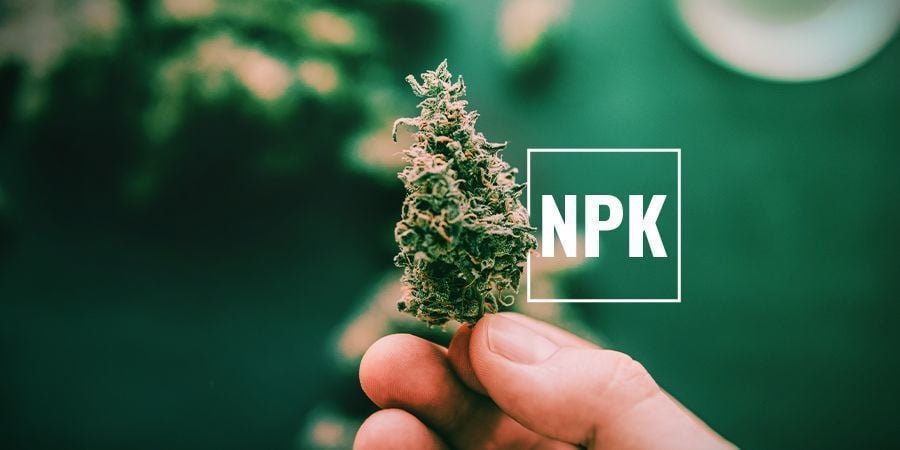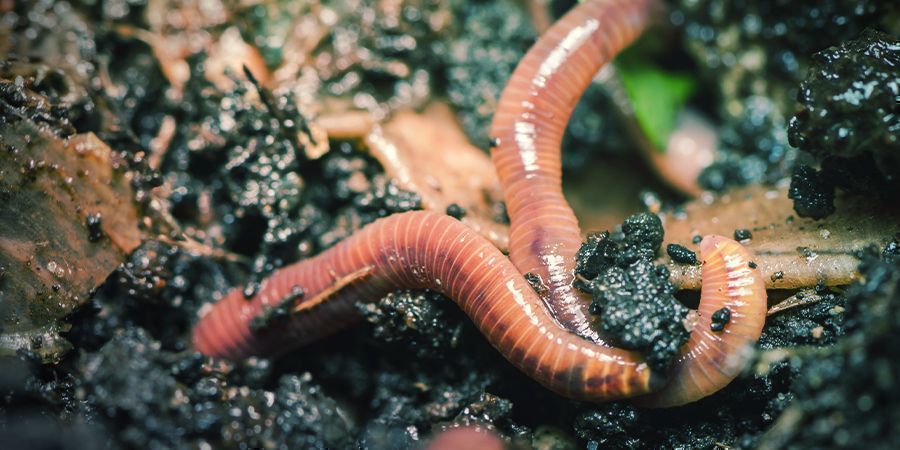The Importance Of Potassium For Cannabis Plants
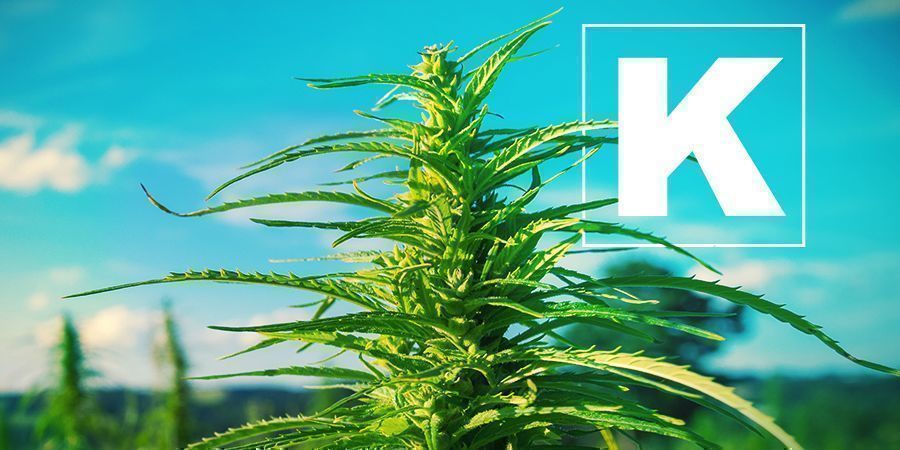
Want to learn more about the importance of potassium for cannabis plants? In this article, we explore the element's function in plants, and how to ensure your cannabis crop has enough potassium to grow strong and healthy.
Potassium is a key nutrient for cannabis plants. Learn more about its function below, including its role in photosynthesis, plant tissue formation, disease protection, and more.
What Is Potassium?
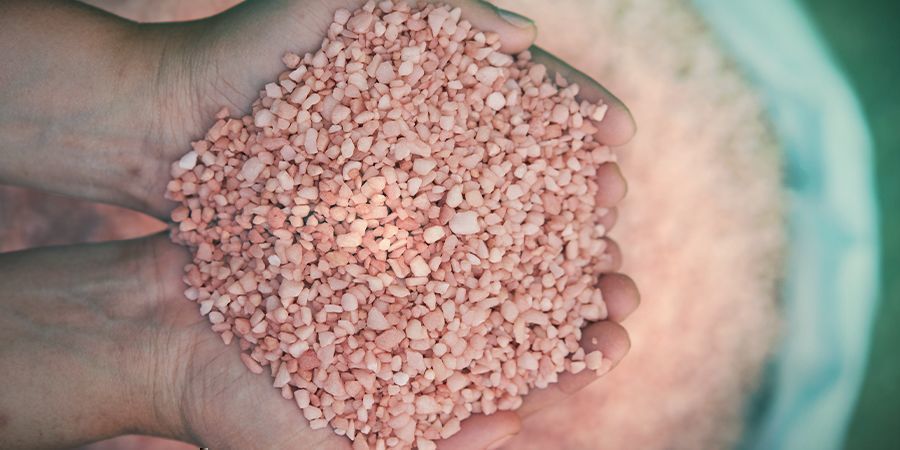
Potassium is a mineral element naturally found in soil. Clay soils are particularly rich in this mineral, and can contain up to 3% of it, but it is also found in other soils in lower amounts. Together with nitrogen (N) and phosphorus (P), potassium (K) is one of the three primary elements your cannabis plant needs in all growing stages to support vital biological processes. During flowering, cannabis has an extra high demand for potassium, where the element is important for the development of buds.
The Soil Potassium Cycle
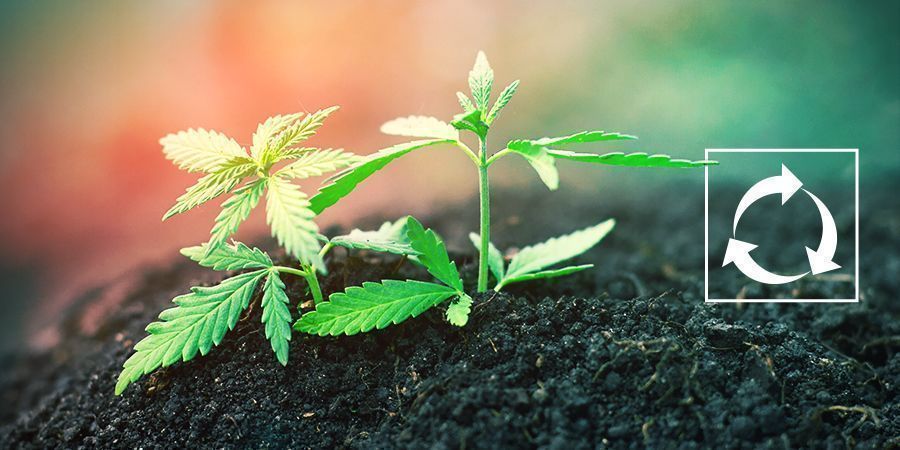
Potassium self-regenerates in nature through what’s known as the potassium cycle. Plants take it up through their roots, and whatever remains in the land is washed out by rain and ultimately finds its way into the ocean. It then turns into water vapour, which condensates into rainfall, replenishing the soil. Another way the mineral returns to the land is through animal droppings. The cycle can then begin anew.
In regions with frequent rainfall, soil may not retain sufficient amounts of this mineral. Potassium in the form of sulphates or potassium chloride will then need to be added to make potassium available to plants.
Why Do Cannabis Plants Need Potassium?
As one of three primary macronutrients, potassium (indicated by the “K” in N-P-K, from Latin “kalium”) has many important functions in supporting the well-being of your cannabis:
-
Strengthens plant tissue and provides sturdiness.
-
Increases plant resistance to diseases and infections.
-
Plays a part in photosynthesis, where it supports the synthesis of carbohydrates.
-
Stimulates early growth.
-
Increases resistance to frost. Potassium is used to “winterise” certain plants.
-
Improves efficiency of water use.
-
Increases bud size and density.
If potassium isn’t available in sufficient amounts (deficiency) or if there is an excess of it (toxicity), plants will get sick and yields will suffer. Potassium, like nitrogen and phosphorus, is a mobile nutrient. This means the plant can draw it from old growth and direct it to newer growth when the mineral is scarce. This is why signs of a potassium deficiency will often first show on older leaves at the bottom of the plant.
Potassium Needs During Early Stage
It is best not to feed seedlings and cuttings, as a lack of nutrients in the first 2–3 weeks of growth promotes the development of healthy roots. Wait until your plant has reached a height of 15cm before feeding. You can then start giving 25–50% of the recommended dose. Gradually increase to a full dose as your plant enters the vegetative phase.
Potassium Needs During Vegetative Stage
At about week 4, your cannabis plant has left the seedling stage and is now officially in the vegetative growth stage. At this point, your plant will require high levels of nitrogen along with other essential nutrients in appropriate amounts. When feeding commercial cannabis nutrients, stick to the recommended dose.
Potassium Needs During Pre-Flowering Stage
Right before your cannabis enters the flowering stage, it will undergo a short pre-flowering period that will last for 1–2 weeks. The pre-flowering phase is like vegetative growth on steroids: Some cannabis plants will stretch considerably, sometimes two or three times their current height. To support the plant during this time of vigorous growth, you'll want to provide extra levels of nitrogen, potassium, and calcium.
Potassium Needs During Flowering Stage
During flowering, your cannabis plant will require extra potassium. You will normally increase potassium levels at the same time, or right after, increasing phosphorus and decreasing nitrogen at the end of pre-flowering when the plant has stopped growing. From there on out, the plant will be entirely focused on bud production. Extra phosphorus and potassium will now be important as these minerals play an important role in bud size, flavour, and overall development.
TIP: Commercial cannabis nutrients are often available in two variants: one bottle for vegetative growth and another for flowering. Each typically contains the proper nutrient ratios for each phase—i.e. the flowering formula will contain less nitrogen (N) and more phosphorus (P) and potassium (K). The cannabis industry standard for N-P-K during vegetative growth is 3-1-2. For flowering, it’s 1-4-5.
Potassium in Chemical vs Organic Fertiliser
Animal manures and plant residues such as hay and straw are good potassium fertilisers. But there are other natural sources of this mineral. In fact, when using these natural materials, they will supply enough potassium to negate the need for an inorganic potassium fertiliser. To avoid potassium toxicity, proceed with caution when adding sources of potassium to your soil.
Good sources of potassium include:
-
Compost: Compost, especially when amended with banana peels and other fruit and vegetable waste, is an excellent source of potassium and other nutrients. The potassium here is water-soluble and immediately available.
-
Kelp meal: Kelp and seaweed, which are available as liquids or in dry form, are rich in readily available potassium.
-
Wood ash: Wood ash, aka potash, is the classic potassium fertiliser. Hardwood ash can be directly added to soil or it can be added to a compost pile to increase potassium content.
-
Cocoa shells: Available for use as mulch, cocoa shells are naturally rich in potassium.
-
Muriate of potash (potassium chloride): This is widely available and makes a good natural source of potassium. However, the chlorine in it harms soil microorganisms, which makes it less suited for organic growing.
-
Sulphate of potash (potassium sulphate): More suitable for organic growing than muriate of potash as it doesn’t contain chlorine.
-
Granite dust: Less suited as a quick fix as it releases potassium very slowly. But it makes a good and inexpensive soil amendment that also provides other minerals.
-
Greensand: This is mined from ancient former sea beds and contains potassium and other minerals. Flexible in how it can be used, greensand can be mixed with compost or added directly to soil.
Potassium deficiency and toxicity
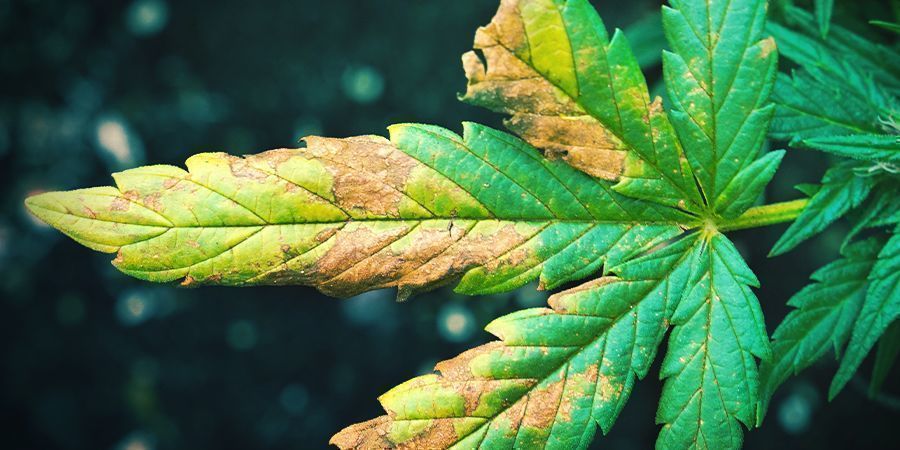
Potassium is a mobile nutrient, meaning plants can move potassium stores around their organism to where it's needed most. When plants don't get enough potassium, they may develop signs of a potassium deficiency, which typically manifest in older foliage first. Look out for:
- Yellowing leaves, starting from the tips and moving toward the centre
- Brown, crumbling leaf edges
- Weak stems that bend easily
While potassium is super important for cannabis plants, too much can be toxic. Unfortunately, the signs of potassium toxicity closely resemble those of nutrient burn caused by overfeeding with other nutrients. Symptoms include:
- Spotted and curled lower leaves
- Burnt leaf edges
- New leaves with unusually thin blades
Identifying, understanding, and treating potassium deficiency or toxicity is complex. Check out our detailed post on nutrient deficiency/toxicity to learn how to deal with it appropriately.
Potassium plays a key role in many aspects of plant health, including photosynthesis, the development of strong foliage, disease resistance, and much more. Keep this article handy to ensure you always give your plants the right amount of potassium so they can grow healthy, strong, and produce great yields.












 United States
United States

